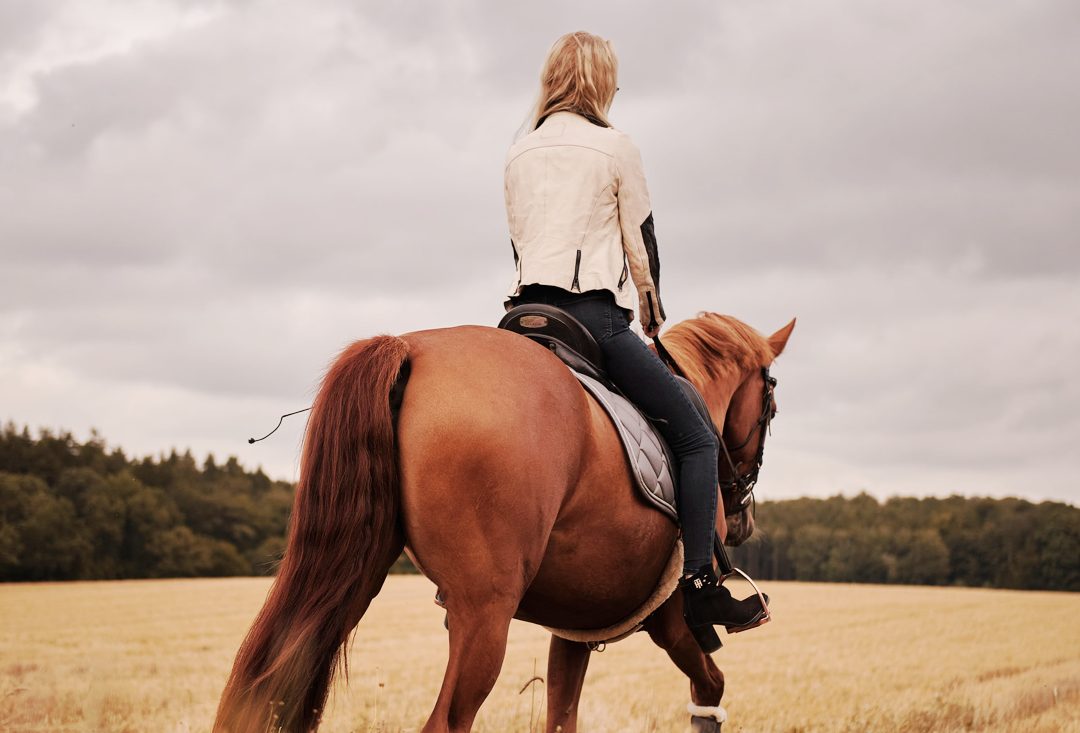We all agree that going on a trail ride with a couple of friends it’s very nice, even though sometimes going on a solo ride it’s even better. Listening to the silence and the only sound of your horse’s hoof on the ground is probably one of the best feelings a rider could feel.
Whether you’re on a 1 hour trip in a very familiar territory or on a solo expedition to discover new trails and paths, going alone is one of the best ways to focus on your riding and your horse. With no one rushing you to arrive anywhere you can do things at your own pace and focus on whatever you need to with your horse. Most important of all, free from interaction with other humans, you get the chance to enjoy more of your surroundings. All your senses (and your horse’s) come alive.
In this post I will be sharing with you a short list of tips for you to follow to keep you and your horse safe during your solo ride.
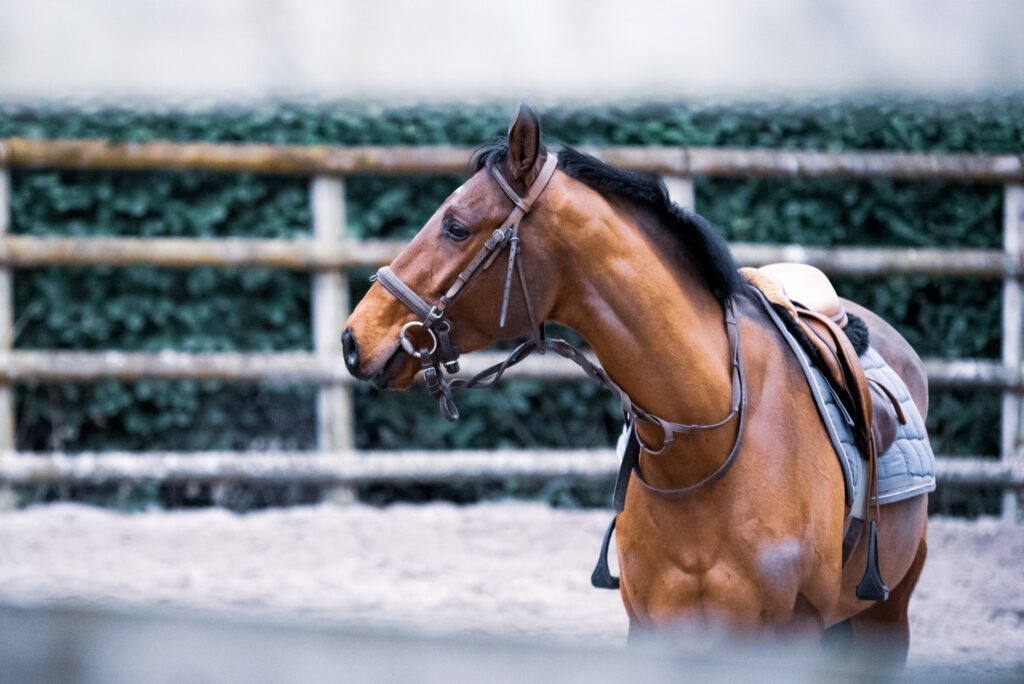
01. Prepare your horse for the solo ride.
Be conscious about the fact that some horses may feel more anxious than others when leaving the herd behind for a solo. Some younger horses may be also more inexperienced with “the any kind” of events that may happen outside the stable, such as the near takeoff of a bird from a close bush or a child on a bike riding behind you. Some horses probably need more time than others to forget about the friends they left and finally start enjoying the ride.
In any case, before taking your horse to the moon if he doesn’t have a lot of experience, I suggest you take him for short trips. At the beginning, even 10, 15 minutes of calm walk or trot is enough just for him to understand that he’ll be safe with you only and that you will be taking him back to his friends when the time comes. Be persistent. Repeat this very frequently and every time try to change paths and make the ride a bit longer. Try to expose your horse to a great variety of external input outside of his comfort zone (the herd and the stable). Observing his reactions will help you determine when is a good time to have him gain confidence in longer rides.
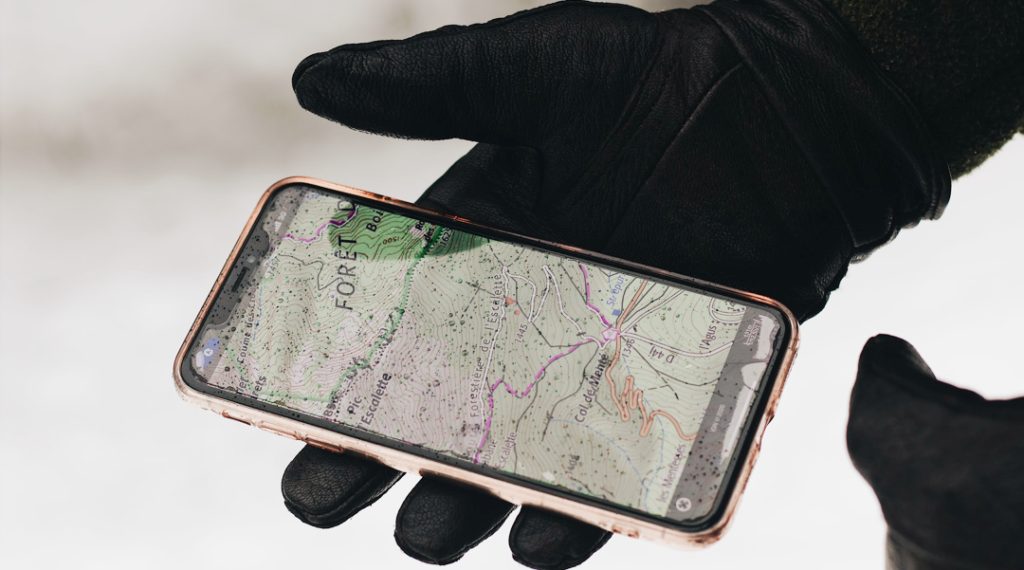
02. Don’t keep your phone with you, keep it ON you.
When thinking about long rides, comfortability comes as one of the main concerns for riders. Bags and pouches to attach to the saddle are for sure favorites compared to uncomfortable bouncing backpacks. Well, great! I agree with you. But you must consider twice to store your phone in them. For bad ipotesis such as a fall from the horse, and even worse, with him galloping back to the way you came from, you will most probably hate to watch him going away from you with the only way you could ask for help… Your phone!
Stash your phone somewhere attached to your body and not on the saddle. It should always be somewhere very easy to reach for you during tough situations. Some examples? Choose riding pants with a cell phone holder, a small fanny pack to keep tied to your waist, or ultimately a vest with pockets (but make sure it has a zipper closure!). A foregone conclusion: fully charge your phone before adventuring for a long ride.
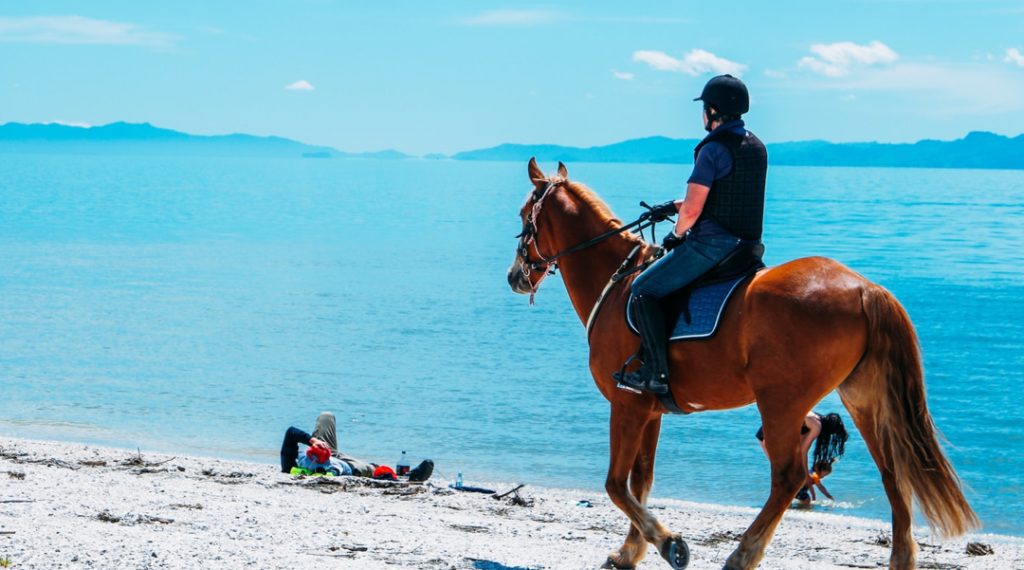
03. Will there be enough water for the both of you?
If you are planning to stay out for more than 2 or 3 hours, independently of the gait you will maintain, you will feel very thirsty at some point. Especially in UAE nature, it will most probably be very difficult to find natural lakes or streams with fresh water. In this case I suggest you to either book one of your friends for a quick refreshment delivery at a specific time and place, or decide to bring a couple of small water bottles in a saddle bag.

03. Bring a replacement for an horseshoe.
If your horse normally wears horse shoes, it could be very hard for him to start walking barefoot if he suddenly loses one of them. Especially on hard terrains your horse’s hoof may become extra sensitive very fast. It is absolutely not recommended to keep riding your horse without a shoe that can damage the hoof wall, jeopardizing a horse’s soundness and complicating future farriery work. But I also bet you wouldn’t enjoy ending your solo ride with you walking all the way back to the stable, especially if this happens in the middle of a 20 km journey.
A couple of emergency hoof boots to keep in a saddle bag could be a solution to this potentially painful situation for both you and the horse.
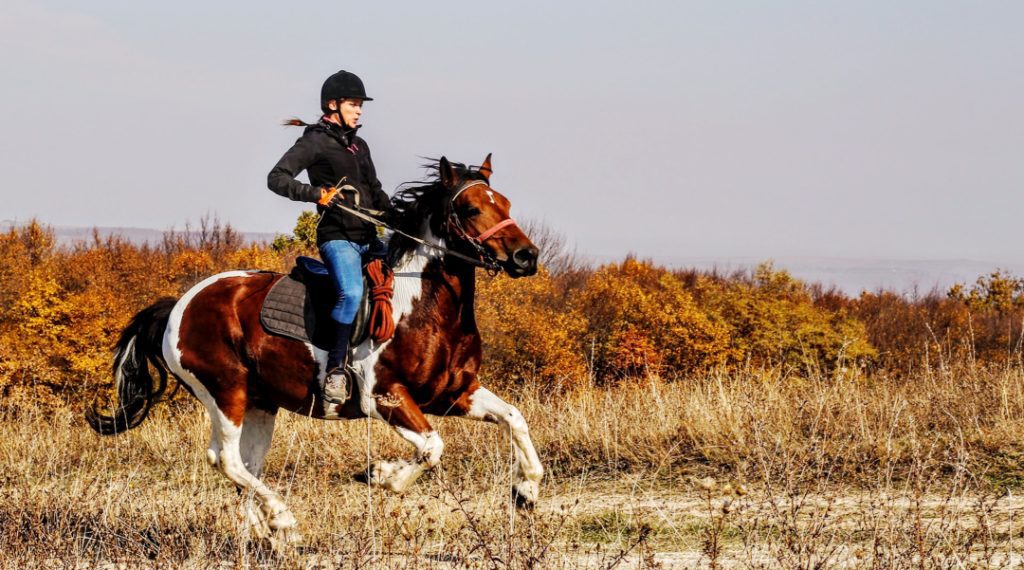
04. Keep your helmet on!
This should be very straightforward advice and easy to follow. You won’t be able to help either yourself or your horse if you are knocked out by a tree branch hitting your head. Always keep your helmet on, especially when riding alone.

05. Inform someone about your plans.
Most important of all, always let somebody know where you are going. It shouldn’t be an imprecise indication about the area you will be trotting around. It is important to give precise indications to your family or friends about:
– The path you are planning to follow;
– The time you will be leaving;
– The time you are planning to be back.
In equestrian activities, risk is involved and can’t be completely removed. Accidents may happen. People need to know where to look for you in case of need and should be your first concern to provide them enough information about your plan. They should be able to understand when start worrying about your safety.
Solo riding is one of the most beautiful experiences an equestrian can wish for. There is no reason why you should avoid it or consider it more dangerous than an arena lesson. Venturing alone means observing all your normal safety precautions, then doubling them. Keep this in mind every time you are riding alone with your horse and enjoy safely your next solo ride!

